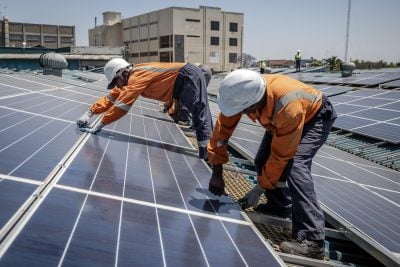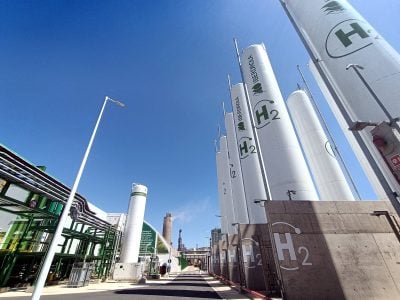Persistent drought in East Africa is decimating harvests and pushing the price of food up to record levels, according to an analysis by the UN’s Food and Agricultural Organisation.
Prices of staples including maize, sorghum and other cereals are at or near record levels in areas of Ethiopia, Kenya, Somalia, South Sudan, Uganda and Tanzania, putting communities under renewed strain just a year after the damaging effects of the El Nino weather system.
According to the FAO’s regular Food Price Monitoring and Analysis Bulletin, maize prices increased by 23% in Mogadishu in January, while other market towns in Somalia’s central and southern regions have witnessed a doubling in coarse grain prices. Rain shortages have reduced maize and sorghum harvests to 75% below normal levels.
As a result, some 6.2 million in the country now face acute food insecurity, mostly in impoverished rural areas. Preliminary rain forecasts offer little hope for an upturn in fortunes, with the FAO predicting that prices are likely to escalate further in the coming months.
The grave effects of drought are being felt beyond the Horn of Africa. Maize prices have doubled in Arusha, Tanzania, since early 2016, and increased by a quarter in the commercial centre of Dar es Salaam over a year. South Sudan has suffered an up to four-fold price increase over the last year at drought and a debilitating civil conflict took their toll. In Uganda, maize prices are 75% higher than a year ago.
The dearth of water has proved particularly damaging for livestock farmers across East Africa, who have seen prices for their animals decline dramatically as water shortages deplete animal strength. Farmers are being forced to sell their animals at a lower price in order to meet the higher cost of food – in Somalia, the price of goats has fallen by 60%. At one market in Buale, goats now trade for 30kg of grain, compared to 114kg in January 2016.
“Sharply increasing prices are severely constraining food access for large numbers of households with alarming consequences in terms of food insecurity,” said Mario Zappacosta, FAO senior economist and coordinator of the Global Information and Early Warning System.
Want to continue reading? Subscribe today.
You've read all your free articles for this month! Subscribe now to enjoy full access to our content.
Digital Monthly
£8.00 / month
Receive full unlimited access to our articles, opinions, podcasts and more.
Digital Yearly
£70.00 / year
Our best value offer - save £26 and gain access to all of our digital content for an entire year!
 Sign in with Google
Sign in with Google 


